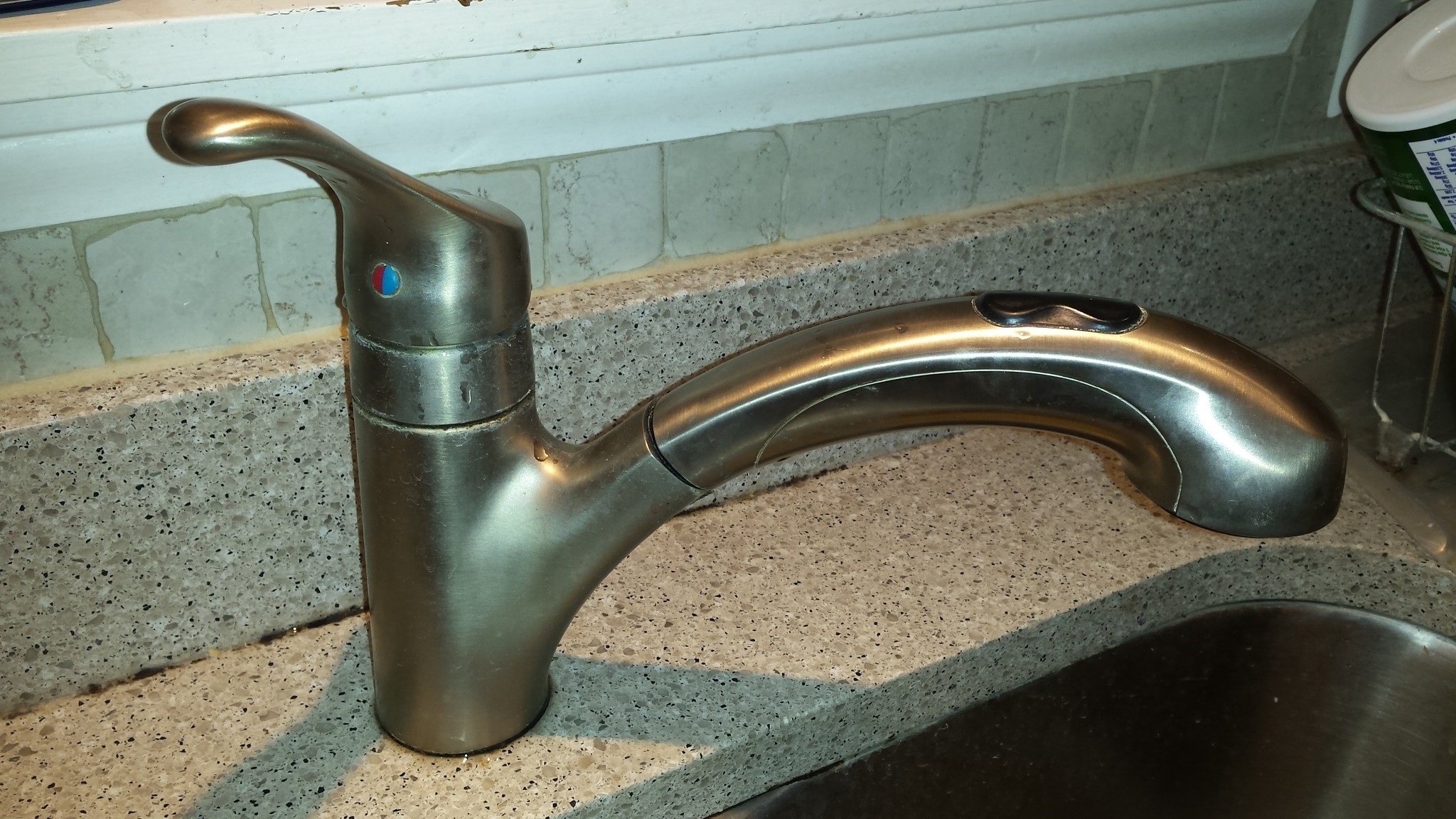Dealing with a loose kitchen sink handle can be frustrating and inconvenient. Not only does it make it difficult to control the water flow, but it can also be a safety hazard if the handle suddenly falls off. Fortunately, tightening a loose kitchen sink handle is a simple task that you can easily do yourself.How to Tighten a Loose Kitchen Sink Handle
If you have noticed that your kitchen sink handle is wobbly or loose, it is important to fix it as soon as possible. Ignoring the issue can cause further damage and may require more extensive repairs down the line. The good news is that fixing a loose kitchen sink handle is not a complicated process and can be done in just a few simple steps.How to Fix a Loose Kitchen Sink Handle
Before we dive into the steps on how to repair a loose kitchen sink handle, it is important to understand why it may become loose in the first place. The most common reason is wear and tear from frequent use. Over time, the handle may become loose and need to be tightened. Another reason could be due to a faulty or worn-out screw or mounting nut. Whatever the cause may be, here's how you can repair a loose kitchen sink handle.How to Repair a Loose Kitchen Sink Handle
The first step to tightening a kitchen sink handle is to identify the type of handle you have. There are two types of handles – a single-handle and a double-handle. The process of tightening them may vary slightly, so make sure you know which type you have before proceeding. If you have a single-handle kitchen sink, start by turning off the water supply to the sink. Then, locate the set screw on the handle, usually found under a small cap. Use a screwdriver to tighten the set screw by turning it clockwise. Once the screw is tightened, test the handle to see if it is secure. If not, you may need to replace the set screw with a new one. For a double-handle kitchen sink, you will need to access the mounting nut located under the sink. Use a wrench to tighten the mounting nut by turning it clockwise. Once the nut is secure, test the handle to see if it is still loose. If it is, you may need to replace the mounting nut.How to Tighten a Kitchen Sink Handle
If the issue with your kitchen sink handle is not just a loose screw or nut, you may need to fix or replace the handle altogether. This could be due to a cracked or damaged handle or a worn-out valve. To fix a kitchen sink handle, you will need to purchase a replacement handle and follow the instructions provided. Depending on the type of handle you have, the process may vary, so make sure to read the instructions carefully.How to Fix a Kitchen Sink Handle
In some cases, a loose kitchen sink handle may require more extensive repairs, such as replacing the entire faucet. This could be due to a worn-out valve or other internal issues that cannot be fixed with a simple tightening or replacement of parts. If you are not comfortable or experienced with DIY repairs, it is best to hire a professional plumber to handle the repair for you.How to Repair a Kitchen Sink Handle
It is important to note that the steps for tightening a loose kitchen sink handle can also be applied to a loose faucet handle. The only difference may be in the location of the set screw or mounting nut, depending on the type of faucet you have. Identifying the type of faucet you have and following the same steps for tightening a handle should do the trick.How to Tighten a Loose Faucet Handle
As mentioned earlier, a loose faucet handle can be fixed using the same steps as tightening a loose kitchen sink handle. However, if the issue persists even after tightening the set screw or mounting nut, it may be worth considering replacing the entire faucet. This is especially true if the faucet is old and has been used frequently.How to Fix a Loose Faucet Handle
If the loose faucet handle cannot be fixed by tightening or replacing parts, it may be time to repair or replace the faucet altogether. This is a more complicated process and may require the help of a professional plumber. They will be able to assess the issue and determine the best course of action to fix the loose faucet handle. In conclusion, a loose kitchen sink handle is a common issue that can easily be fixed with a few simple steps. By following the steps outlined in this article, you can safely and effectively tighten a loose kitchen sink handle, saving you time and money in the long run.How to Repair a Loose Faucet Handle
Kitchen Sink Handle Tight: A Common Frustration in Every Home

The Importance of a Well-Functioning Kitchen Sink Handle
 The kitchen sink is an essential element in any house design. It is where we wash our hands, prepare food, and clean dishes. The sink handle, in particular, plays a crucial role in controlling the flow and temperature of the water. A loose or malfunctioning handle can be a significant inconvenience and frustration for homeowners. It not only affects daily tasks but also has the potential to cause damage to the sink and plumbing system. Therefore, it is vital to address any issues with the kitchen sink handle immediately.
The kitchen sink is an essential element in any house design. It is where we wash our hands, prepare food, and clean dishes. The sink handle, in particular, plays a crucial role in controlling the flow and temperature of the water. A loose or malfunctioning handle can be a significant inconvenience and frustration for homeowners. It not only affects daily tasks but also has the potential to cause damage to the sink and plumbing system. Therefore, it is vital to address any issues with the kitchen sink handle immediately.
Common Causes of a Tight Kitchen Sink Handle
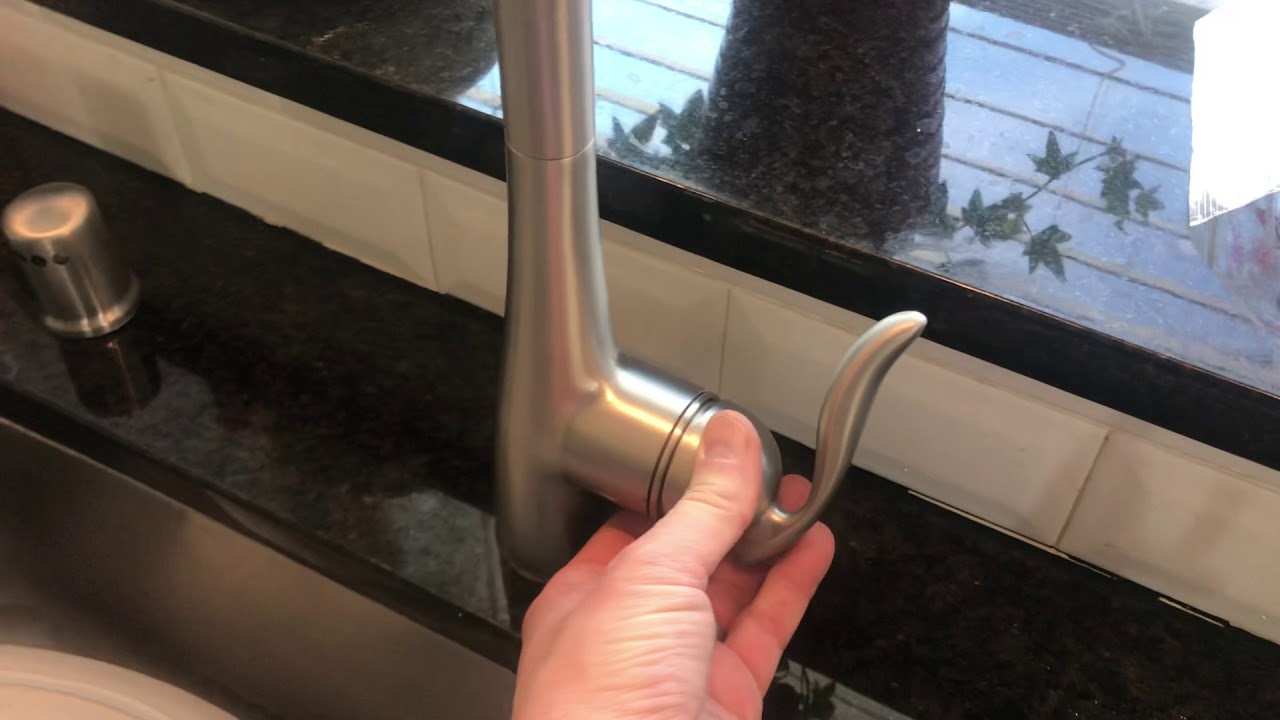 There are various reasons why a kitchen sink handle may become tight and difficult to turn. One of the most common causes is the accumulation of mineral deposits, grease, and debris in the handle's mechanism. Over time, these build-ups can hinder the handle's movement, making it challenging to turn or even causing it to get stuck in one position.
Another reason could be a faulty or worn-out cartridge or valve inside the handle. These components are responsible for regulating the water flow and temperature and can wear out over time, leading to a tight handle. Additionally, installation errors or poor-quality handles can also contribute to this issue.
There are various reasons why a kitchen sink handle may become tight and difficult to turn. One of the most common causes is the accumulation of mineral deposits, grease, and debris in the handle's mechanism. Over time, these build-ups can hinder the handle's movement, making it challenging to turn or even causing it to get stuck in one position.
Another reason could be a faulty or worn-out cartridge or valve inside the handle. These components are responsible for regulating the water flow and temperature and can wear out over time, leading to a tight handle. Additionally, installation errors or poor-quality handles can also contribute to this issue.
How to Fix a Tight Kitchen Sink Handle
 The good news is that a tight kitchen sink handle is a relatively easy problem to fix. In some cases, a simple cleaning of the handle's mechanism can solve the issue. Use a mixture of vinegar and water to dissolve any mineral deposits and grease build-up. If the cartridge or valve is the culprit, they may need to be replaced. It is always best to consult a professional plumber for this task to ensure proper installation and avoid further damage.
The good news is that a tight kitchen sink handle is a relatively easy problem to fix. In some cases, a simple cleaning of the handle's mechanism can solve the issue. Use a mixture of vinegar and water to dissolve any mineral deposits and grease build-up. If the cartridge or valve is the culprit, they may need to be replaced. It is always best to consult a professional plumber for this task to ensure proper installation and avoid further damage.
Preventing Future Issues with the Kitchen Sink Handle
 To prevent a tight kitchen sink handle from becoming a recurring problem, regular maintenance is essential. This includes cleaning the handle and its mechanism regularly and checking for any signs of wear and tear. It is also crucial to invest in high-quality, durable handles to avoid frequent replacements.
In conclusion, a tight kitchen sink handle may seem like a minor issue, but it can quickly become a significant inconvenience and even lead to costly repairs. By understanding the importance of a well-functioning handle and taking the necessary steps to address and prevent any issues, homeowners can ensure a smoothly running kitchen sink and a hassle-free daily routine. Remember, when it comes to household problems, it is always better to address them promptly to avoid further complications.
To prevent a tight kitchen sink handle from becoming a recurring problem, regular maintenance is essential. This includes cleaning the handle and its mechanism regularly and checking for any signs of wear and tear. It is also crucial to invest in high-quality, durable handles to avoid frequent replacements.
In conclusion, a tight kitchen sink handle may seem like a minor issue, but it can quickly become a significant inconvenience and even lead to costly repairs. By understanding the importance of a well-functioning handle and taking the necessary steps to address and prevent any issues, homeowners can ensure a smoothly running kitchen sink and a hassle-free daily routine. Remember, when it comes to household problems, it is always better to address them promptly to avoid further complications.



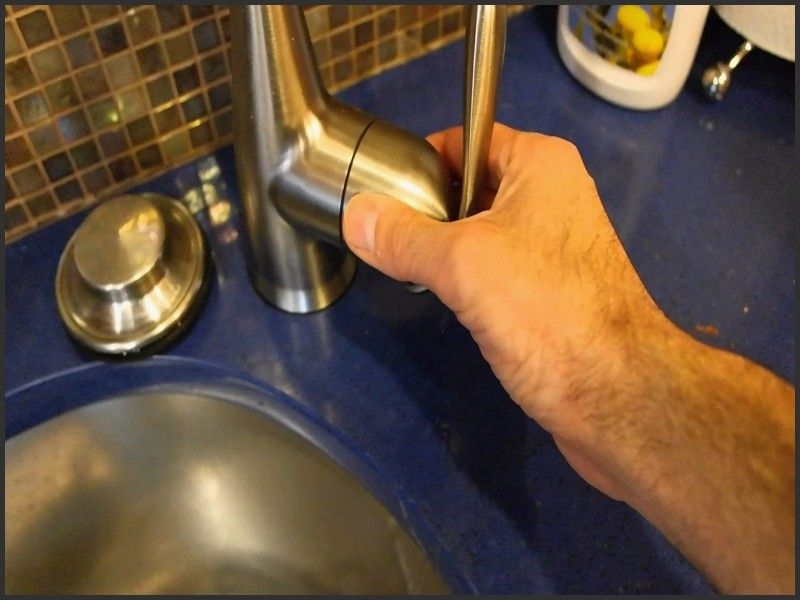
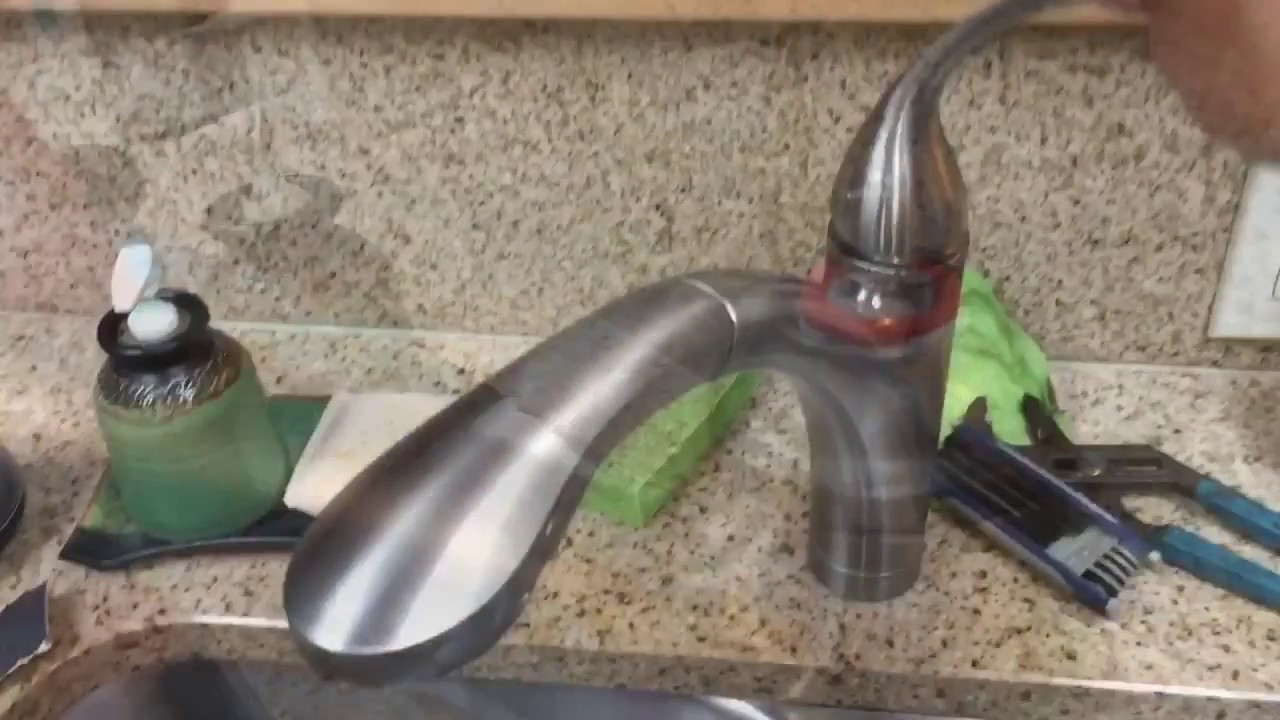
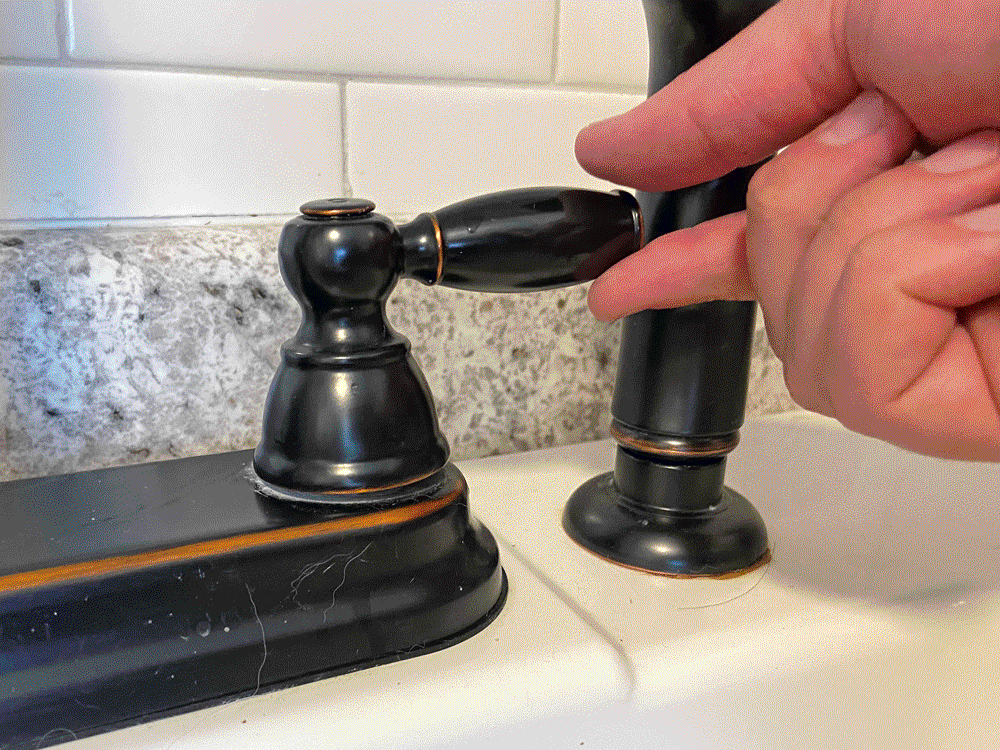









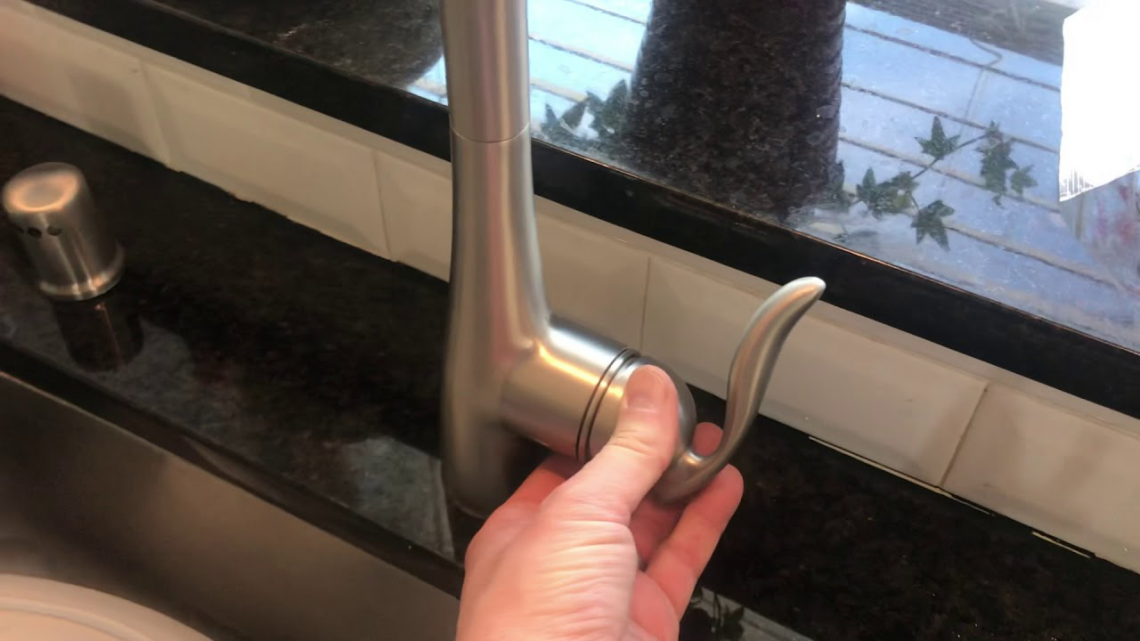



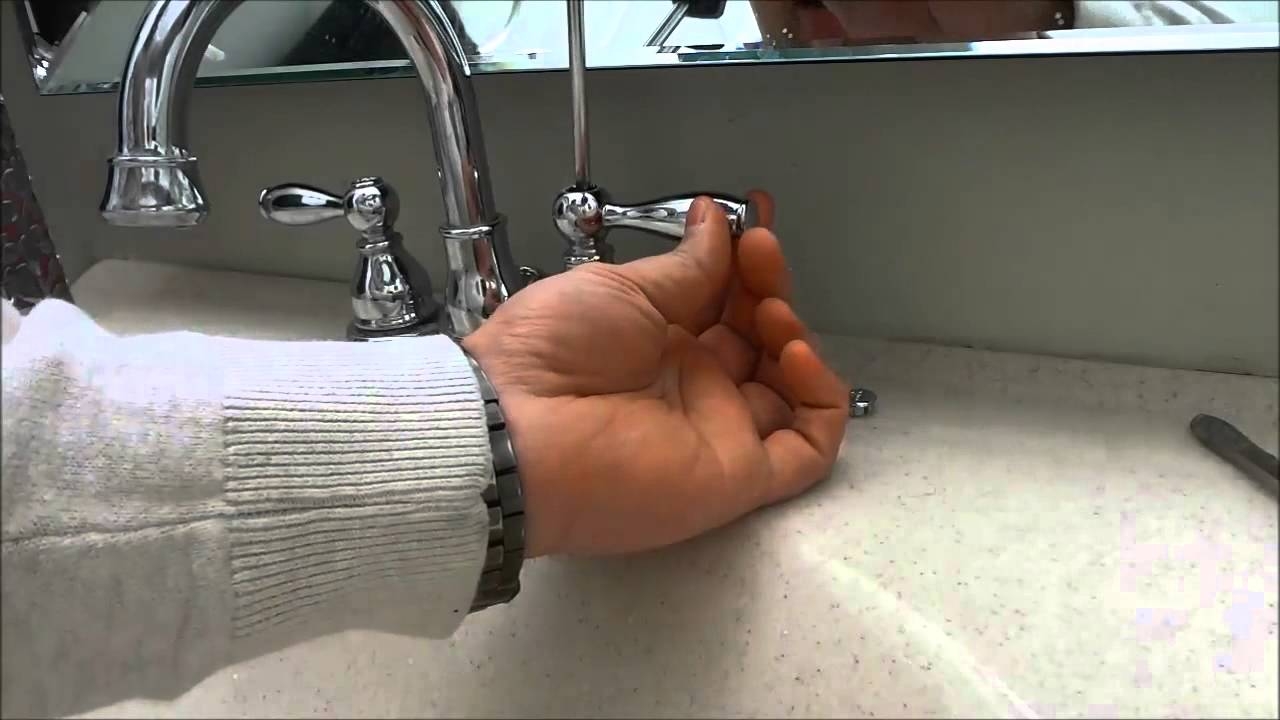




































:max_bytes(150000):strip_icc()/repairing-a-single-handle-disk-faucet-1824878-hero-b3daee9af5174d8f9b9cb4a2582e7140.jpg)

